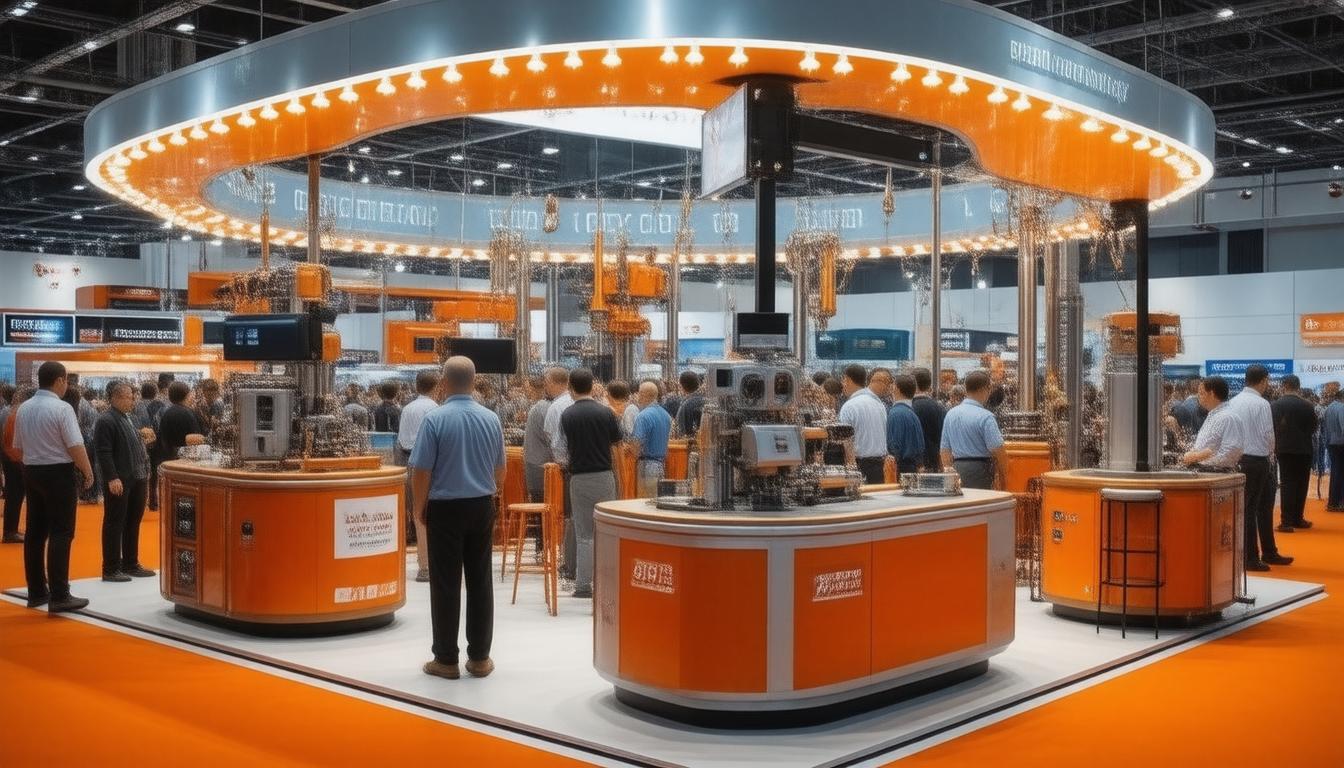
Sewer systems play a crucial role in maintaining public health and environmental standards by safely transporting and treating wastewater. However, over time, pipes can degrade due to chemical reactions, abrasion, and biological processes, thus losing their integrity and leading to leaks, overflows, and costly repairs. The use of innovative pipe coating technologies has emerged as an effective way to protect sewer systems against such issues, extend their service life, and enhance their performance.
The Role of Coating Technologies in Sewer System LongevityCoating technologies serve as a barrier between sewer pipes and the corrosive and abrasive materials that flow through them. The right coatings can prevent the adhesion of fats, oils, greases, and other substances that contribute to blockages and corrosion. Additionally, these protective layers can facilitate smoother wastewater flow, minimizing the potential for build-up and clogs. By enhancing pipe durability and minimizing the need for frequent maintenance, innovative coatings can significantly cut long-term operation costs.
Types of Pipe Coatings for Sewer SystemsThere are multiple types of coatings that can protect sewer systems, each with unique properties tailored to different challenges:
1. Epoxy Coatings: These create a strong, chemically resistant layer that is durable and adheres to various pipe materials. Epoxy coatings can also be applied to damp surfaces, making them suitable for use in active sewer lines.
2. Polyurea Coatings: Known for their quick-set times and exceptional flexibility, polyurea coatings can withstand a wide range of temperatures and elongate to accommodate pipe movements.
3. Ceramic Epoxy Coatings: Combining the advantages of ceramics and epoxies, these coatings offer superior resistance to abrasion and can endure high-velocity flows, making them ideal for high-traffic sewer systems.
Innovations in Coating Application TechniquesAdvanced application techniques have further improved the effectiveness of pipe coatings. These include:
1. Spray-On Coating: Modern spray equipment allows for a consistent and uniform application of coatings, even in difficult-to-reach areas of the sewer system.
2. Trenchless Technology: This minimally invasive method involves rehabilitating pipes without extensive excavation. Coating and curing processes are conducted within the existing infrastructure, reducing disruption and improving turnaround times.
3. Robotics: Robotic systems have been developed to apply coatings with precision in complex sewer networks, ensuring that human error is minimized and that worker safety is not compromised in confined spaces.
Addressing Environmental ConcernsAs environmental regulations become stricter, the need for eco-friendly coating solutions is growing. Water-based and solvent-free coatings are being developed to reduce the release of harmful volatile organic compounds (VOCs) into the environment. Additionally, research is ongoing into using naturally derived materials and advanced materials that offer protection without adverse impacts on ecosystems or water quality.
Economic Impact and Cost EfficiencyInvesting in high-quality pipe coatings might appear to increase initial costs, but it leads to substantial long-term savings. By preventing frequent system failures and reducing the need for repairs and replacements, innovative pipe coatings can decrease operational expenditures for municipalities and utilities. Moreover, as newer, more efficient technologies emerge, the cost-benefit ratio continues to improve, making these solutions more accessible to a broader market.
Conclusion: The Future of Sewer System MaintenanceInnovative pipe coating technologies are revolutionizing the way we protect and maintain our sewer systems. With continued advancements in materials science and application methods, the potential for more sustainable, resilient, and cost-effective sewer infrastructure is on the horizon. As the industry moves forward, these technologies will play a key role in ensuring long-lasting and reliable sewer systems for cities around the world.






